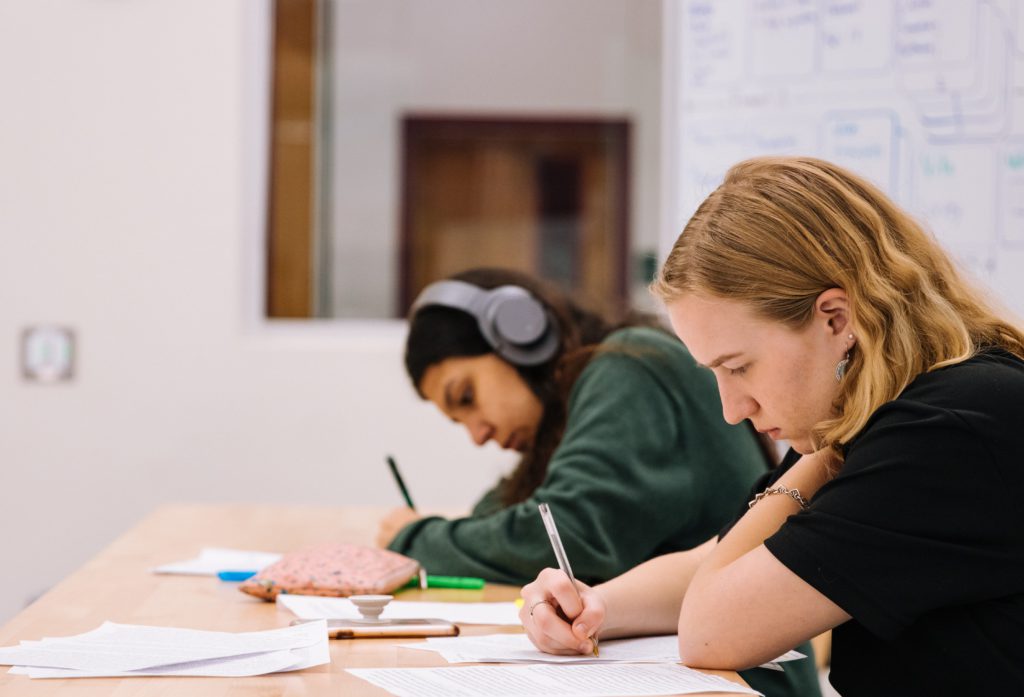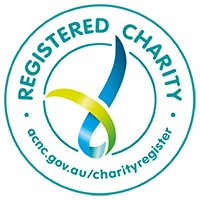It’s been a big year for all of us, navigating a pandemic, adjusting to a new world order, and trying to maintain our mental health. What does it mean for our children young people and how can we support them back at school?
Yes, COVID has impacted the mental health of young people
It’s hardly surprising that COVID has had a big impact on many students around Australia. The impact of COVID on young people has been widely reported in the media, with alarming headlines about the state of young people’s mental health. But what does the data tell us?
The Australian Institute of Health and Welfare is a government body and authoritative source of data. They reported a link between home-based learning and anxiety and stress, due to the increased isolation and loss of social connections. The research found nearly half of Australian students are vulnerable to negative impacts from learning at home.
After the first lockdown in 2020, 70% of teenagers said the pandemic and response had negatively impacted their social connectedness. The good news is, over time, many young people started to regain their sense of connection. Once restrictions were eased after and the virus was more under control, this figure changed to 42%.
The data that has emerged from COVID highlights, on a macro level, the importance of social connections for students. However, student connections are important not just for dealing with global pandemics. The micro data is harder to see – an individual’s own ups and downs of life. Student wellbeing is always important. It means equipping children and young people with the foundations to deal with life’s low points, whether it’s lockdown or family conflict or dealing with rejection.
Wellbeing programs are a proven way to improve wellbeing – and academic outcomes
We believe connectivity should be a high focus for schools this term, and next year too, following the long summer break. Connections are a basic human need, and within the school community help contribute to positive culture. Student wellbeing programs may provide an opportunity to foster connections and a sense of belonging.
But the evidence shows that student wellbeing programs don’t only improve student wellbeing. They can improve academic outcomes too. A large study, reported in Teacher magazine this year, looked at the impact of wellbeing programs on both academic performance and wellbeing outcomes among students. The researchers reviewed almost 5,000 studies from around the world and found that student wellbeing programs improve academic outcomes, with students gaining up to four months in learning.
The most effective wellbeing programs – in terms of both wellbeing and academic outcomes — foster school belonging, mentoring and social-emotional skills. The research found the best interventions involved a universal, whole-of-school program delivered via regular sessions over one term by the school (rather than an external provider) in structured small to medium sized groups.
The findings are good news for Peer Support Australia, as our signature program has long endorsed this methodology. (You can find out more about our program here.)
You might also be interested in this article: Emotional vaccine: 3 ways we can move from ‘languishing’ to ‘flourishing’ in these testing times




